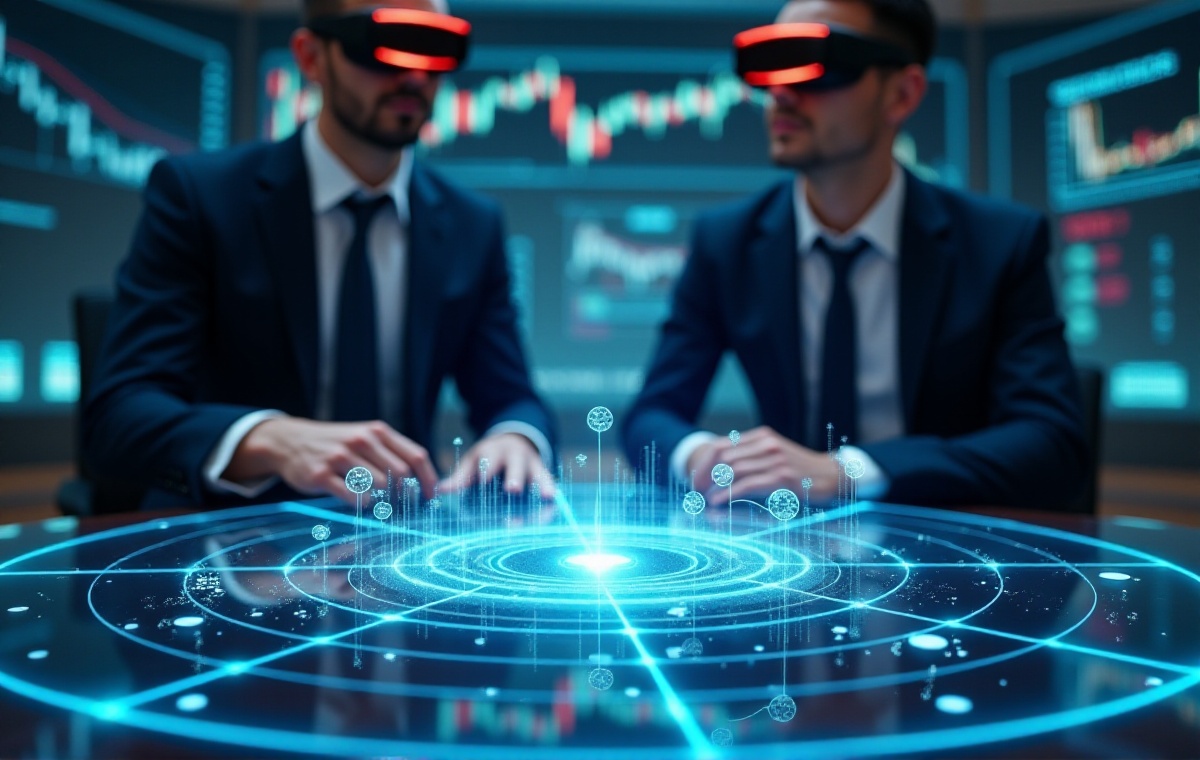Pre-visit Preparation
My first visit to the British Museum was unforgettable. I arrived with a tour group that day, and was immediately stunned by what I saw upon entering. The Greek-style architecture, the magnificent hall, countless display cases, and crowds of visitors - everything made me feel overwhelmed. I had no idea where to begin, wandering aimlessly through the galleries like a headless fly.
Later I discovered many visitors had similar experiences. It turns out museum visits require proper planning to be truly enjoyable. So I decided to stay longer in London to systematically explore these museums. After a month of in-depth experience, I've organized my insights and experiences into this guide, hoping it will be helpful to others.
Time Planning
Speaking of London's four major museums, they are truly world-class cultural institutions. The British Museum houses precious artifacts from civilizations around the world, the Victoria and Albert Museum showcases exquisite decorative arts, the Natural History Museum brings you face-to-face with prehistoric creatures, and the Science Museum demonstrates the crystallization of human wisdom. The annual visitor count of over 20 million proves these museums' appeal.
Through repeated practice, I found Tuesday to Thursday mornings are the golden hours for visits. I remember arriving at the British Museum at 10 AM one Tuesday - the great hall was sparsely populated, and there wasn't even a queue for the popular Egyptian galleries. But after 1 PM, everything changed. Tour groups started pouring in, and the galleries suddenly became crowded.
Weekends are even more crowded, as many British families choose to bring their children then. While the kids are adorable, the crowds do affect the visiting experience. So I strongly recommend visiting on weekdays, especially during morning hours.
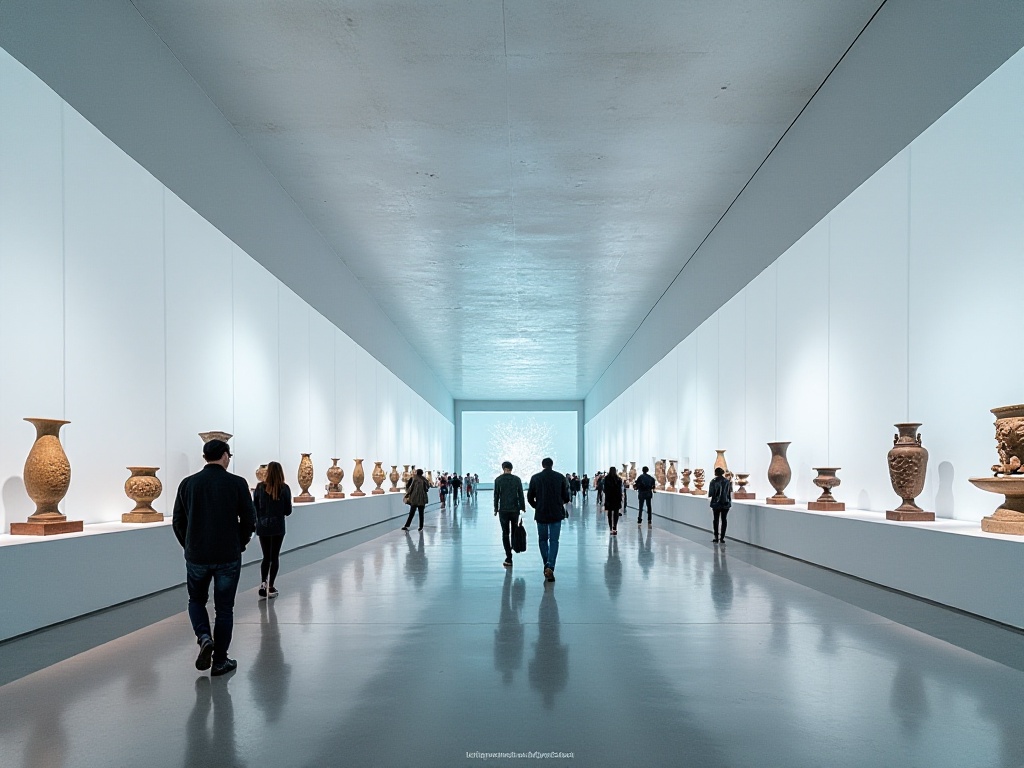
Route Planning
Honestly, I was intimidated when I first saw the scale of the British Museum. 93,000 square meters of exhibition space and over 8 million artifacts - these numbers are daunting. Without planning, it's easy to get lost inside.
My experience is that advance preparation is essential. First, download the floor plan from the museum's website and mark the must-see exhibits. For instance, at the British Museum, you absolutely can't miss the Rosetta Stone, which helped humans decipher ancient Egyptian hieroglyphs - it's a major archaeological discovery. It's located in Room 14, near the Great Hall.
The Parthenon sculptures are in Rooms 18-19; these sculptures from ancient Greece are exquisite, with every stone seemingly telling a historical story. Egyptian mummies are in Rooms 62-63, and while the location is somewhat remote, they're absolutely worth seeing. Looking at these mummies preserved for thousands of years, you'll feel the mysterious allure of ancient Egyptian civilization.
I suggest visiting galleries in numerical order - this way you won't miss important exhibits or go in circles. If time allows, spend more time in areas that interest you, carefully appreciating exhibit details.
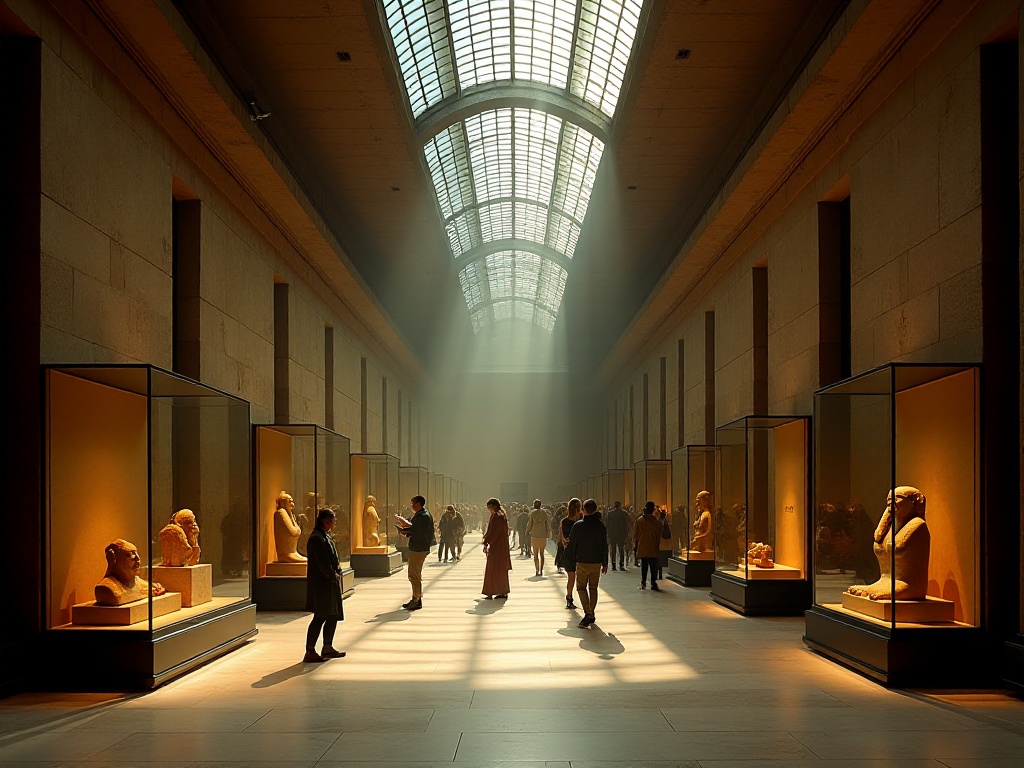
Booking Tips
Many people don't know that special exhibitions often require advance booking. I learned this the hard way - I wanted to see the fashion exhibition at the Victoria and Albert Museum but discovered it required booking two weeks in advance, leaving me dumbfounded.
Later I found that each museum has fixed ticket release times. For example, the Victoria and Albert Museum releases tickets at 8 AM every Tuesday. Once I tried booking for the "British Fashion History" exhibition, waiting at my computer five minutes early, but by 8 AM, some time slots were already fully booked. This shows how popular special exhibitions are.
Special exhibitions at the Science Museum are also hard to book. I remember trying to see the "Space Exploration" themed exhibition and barely managed to get a spot booking one month in advance. So I recommend monitoring museum websites for special exhibition information and booking times - don't miss your chance.
Visiting Tips
During my visits, I met a Chinese guide working at the British Museum. She told me each gallery has key exhibits usually placed in the most prominent positions. If time is limited, you can head straight for these "crown jewels."
For example, in the Egyptian galleries, artifacts from King Tutankhamun are among the most popular exhibits. What many don't know is that around 4 PM is the best time to view them. Most tour groups leave before 3 PM, so visitor numbers noticeably decrease then, allowing you to appreciate the exhibits peacefully.
The Indian gallery at the Victoria and Albert Museum follows a similar pattern. It's busiest at noon, but much quieter after 4 PM. That's when I managed to take perfect photos of exhibits without other visitors in frame.
Guide Resources
Regarding guide resources, I have much to say. Many museums now offer Chinese audio guides, but the quality varies considerably. Some content is too simple, some pronunciations aren't standard, making for uncomfortable listening.
After multiple experiences, I think the British Museum's official Chinese audio guide is the best. Not only is the pronunciation standard, but the content is professional and explains the historical background and cultural value of exhibits in an accessible way. Once while listening to the guide about the Parthenon sculptures, the narrator's vivid language describing the sculptures' creative background transported me back to ancient Greece.
While the Victoria and Albert Museum doesn't offer Chinese audio guides, their staff are very professional. Once in the ceramics gallery, I casually asked a staff member about a Qing Dynasty blue and white porcelain piece. To my surprise, they spent over half an hour detailing the artifact's history and how it entered the British royal collection. Such in-depth interpretation gave me a completely new understanding of the exhibit.
The Natural History Museum guides are also enthusiastic. Although most commentary is in English, they use simple vocabulary and vivid body language to help you easily understand exhibit knowledge. I often stand by the dinosaur fossils listening to guides describe these prehistoric creatures' habits - it's particularly interesting.
Photography Tips
As someone who enjoys photography, I paid special attention to museum photography rules. Generally, most exhibits allow photography, but there are some details to note.
First, check if there are no-photography signs near exhibits. Some precious artifacts, like certain Egyptian artifacts, don't allow photography. Second, museums generally prohibit flash photography and tripods, as strong light might damage exhibits. I suggest increasing your camera's ISO sensitivity to capture clear photos in low light conditions.
Take special care when photographing items in glass cases. I usually choose an appropriate angle to avoid glare from the glass affecting the photo. Sometimes placing the camera close to the glass helps reduce reflections.
When photographing in the Natural History Museum, pay attention to lighting issues. Many galleries are quite dim, so a tripod would be helpful. However, check the official website beforehand whether tripods are allowed, as different museums have different rules.
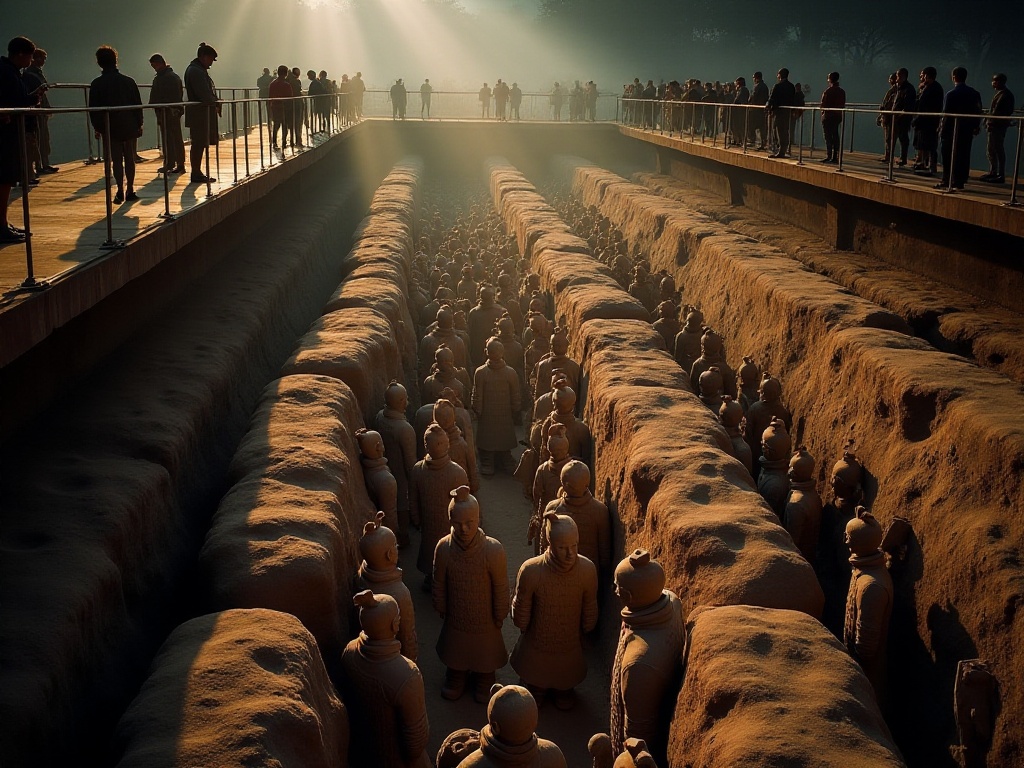
Energy Management
Regarding energy management, I have deep experience. I remember my first visit to the Natural History Museum - I was so excited I stayed from opening to closing, a full 6 hours. The next day my legs were so sore it almost affected my subsequent plans.
Later I developed the "2-1-2" rule: visit for 2 hours, rest for 1 hour, then visit for another 2 hours. This rhythm prevents exhaustion while ensuring you see the main exhibits. During rest time, you can visit the museum café, drink tea and organize notes.
I especially recommend the Victoria and Albert Museum café. Their afternoon tea is reasonably priced and the environment is elegant. Sitting in their Victorian-style decorated café, enjoying tea and scones, feels particularly pleasant.
The British Museum's restaurant is also good, though slightly expensive, but the food quality is excellent. I especially like their sandwiches and fruit tea. Plus the restaurant is right next to the Great Hall, so you can admire the museum's architectural beauty while resting.

Experience Summary
This month-long museum journey gave me a completely new understanding of museums. I used to think museums were just about looking at antiques and artifacts, but now I understand every exhibit has a fascinating story behind it.
I developed a habit of bringing a notebook to record the exhibits and stories that moved me most. For example, at the British Museum, I noted down the discovery process of the Rosetta Stone and how scientists deciphered it. These notes not only helped deepen my understanding but became precious memories.
Standing before the Parthenon sculptures in the British Museum's Greek galleries, I always feel a sense of transcending time and space. These exquisitely carved marbles witness the glory of ancient Greek civilization and record the peak of human artistry. Whenever I look at these sculptures, I seem to hear songs from the Athenian Acropolis from over two thousand years ago.
The Victoria and Albert Museum let me appreciate artistic styles from different periods. From medieval religious art to modern design, each gallery is like a time tunnel taking you through different historical periods. I particularly like their fashion section, where you can see clothing evolution from the Victorian era to modern times - it's very interesting.
The Natural History Museum gave me a completely different experience. Standing before the huge dinosaur skeletons, you feel the vastness of Earth's history. The fossil section helped me understand the process of life evolution and gave me more reverence for nature.
The Science Museum demonstrates the power of human wisdom. From steam engines to space rockets, from microscopes to supercomputers, every exhibit tells a story of technological progress. I particularly like their interactive sections where you can conduct some scientific experiments yourself, making the visit more interesting.
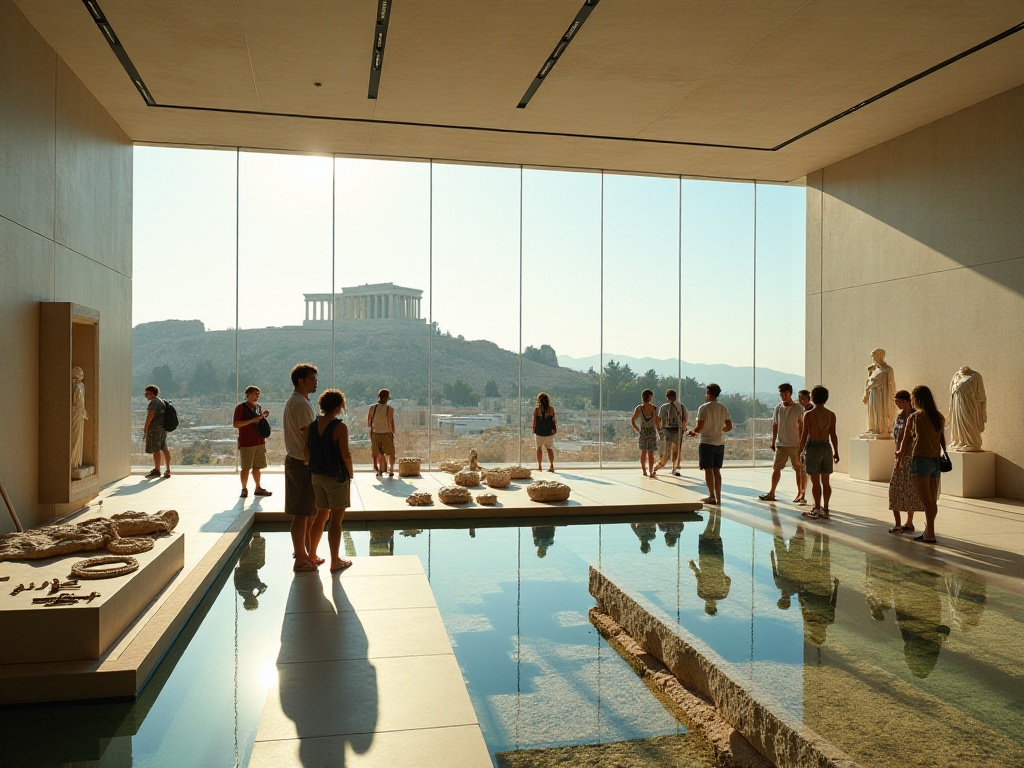
Practical Tips
After a month of exploration, I've summarized some practical tips. First, regarding luggage, museums have free storage, but note size restrictions. I suggest bringing only essentials like cameras, notebooks, and water. Heavy backpacks not only affect your mood but easily cause fatigue.
Regarding transportation, both the British Museum and Science Museum have direct tube access, very convenient. However, avoid rush hours when the tube is particularly crowded. If staying in the city center, I suggest walking. Strolling through London streets, appreciating ancient architecture, feeling the city's vitality - it's also a rare experience.
Museum shops are worth visiting. Their cultural products are well-made, and many are museum exclusives. I bought an Egyptian cat god figurine at the British Museum - every time I see it, I remember the wonderful times at the museum.
Most importantly, maintain the right mindset. Museums aren't for checking off lists but for experiencing history and culture. Don't aim to see more, aim to see better. Each visit, I give myself plenty of time to quietly appreciate the story behind each exhibit.
These museums are like thick history books recording the development of human civilization. I hope my experience can help others better plan their museum visits and discover their own fascinating stories in the river of history.


